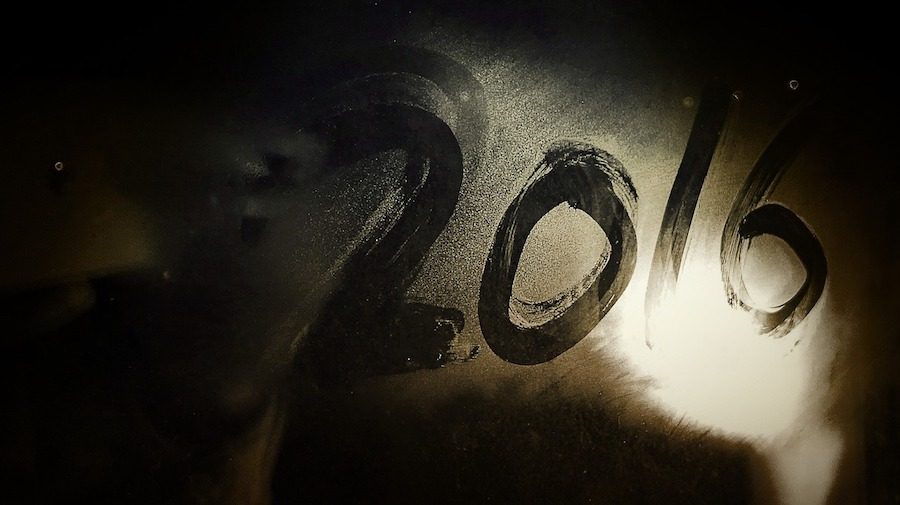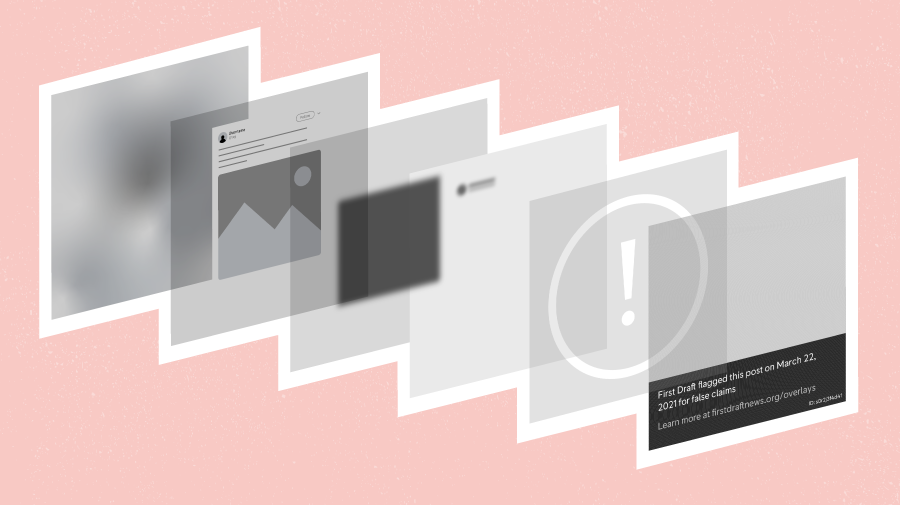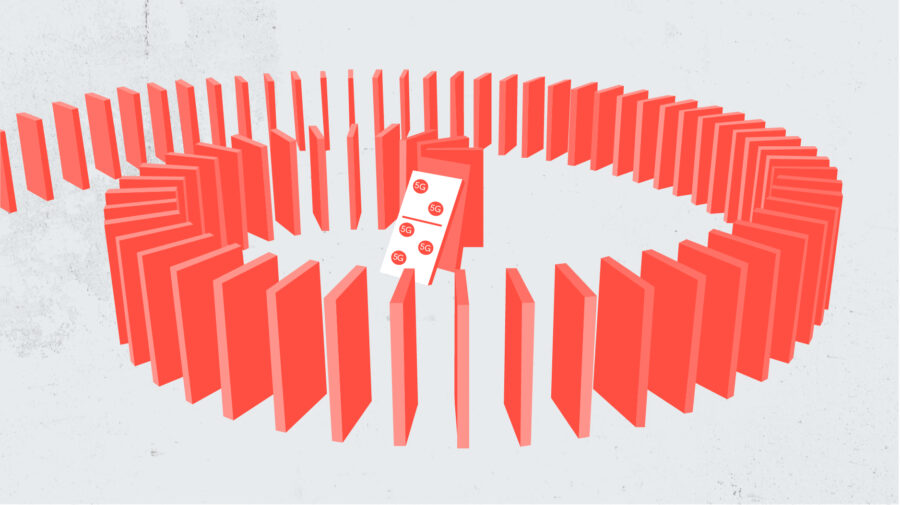Here’s a quick thought experiment: Which major news events from 2016 were not accompanied by pictures or videos taken by an eyewitness on their smartphone, broadcast on social media? Here’s another: Which major news events from 2016 were not accompanied by rumours, misattributed images or outright lies on social media?
First Draft launched in 2015 to raise awareness, skills and standards in how information emerging online is discovered, verified and reported. Issues of trust and truth have been thrown into the spotlight since the 2016 US Election, but the underlying challenges have existed for years. Since smartphones and social media became the norm, news events in which they don’t feature are all the more rare.
Across 2016 we delivered training to newsrooms and conferences around the world. Videos from the First Draft Live training sessions at the Guardian, The New York Times and AJ+ are available for anyone to view. We published a handbook for journalists on how best to approach sources on social media, and another on understanding the role of copyright in using eyewitness pictures and videos from social media.
We published articles and training resources on social newsgathering, verification, ethics and law, fakes and hoaxes, and featured case studies from prominent news stories across the year. The top reads and resources are now available in Arabic, French, German and Spanish versions of the website to accommodate the interest we’ve received from around the world.
We were proud collaborators in ProPublica’s Electionland project, readying 660 journalism students across the US to cover voter problems in the 2016 presidential election, and joining a central hub of journalists in New York to report on polling day. We also launched the First Draft Partner Network, bringing global news and technology organisations together to tackle common challenges.
Thanks to all who have followed and supported us so far. There is a lot more to come next year. In the meantime, here are the most-read stories from First Draft in 2016
1. Social networks unite with global newsrooms to take action against misinformation online
In September we announced the launch of the First Draft Partner Network, comprising over 100 organisations, including major news outlets, the largest social networks and technology companies to help inform and scale our work, and to champion the importance of collaboration.
2. 10 newsgathering and verification tools for newsrooms on a budget
Derek Bowler lifted the lid on Storyful’s toolbox, detailing some of the free tools and programs used by journalists at the social newswire to find and verify newsworthy footage around the world.
3. Are you a journalist? Download this free guide for verifying photos and videos
Before the First Draft website launched, we published a guide for anyone to understand the necessary steps needed to verify a picture or video. Physical copies of the guide have been distributed in newsrooms around the world and you can download and print out your own from the link above.
4. Recent research reveals false rumours really do travel faster and further than the truth
Craig Silverman detailed two research projects from the first half of 2016 which found that it takes more than 12 hours on average for a false rumour to be disproved online. “In absolute terms.” researchers wrote in one study, “misinformation is produced in much larger quantity than fact-checking content.”
5. How BuzzFeed wants to use its social media acumen to take on the hoaxers
Two months later, BuzzFeed announced that Craig would lead BuzzFeed’s efforts to counter misinformation around the world. His work investigating sources of hoaxes and misinformation around the 2016 US election have made headlines around the world, and you can read his First Draft articles on the fake news ecosystem here.
6. Lessons from The New York Times Super Tuesday hoax: Five ways to spot fake news
Fake news stories in the build up to the US election have caused the most consternation in the mainstream media, but a fake story made to look like a New York Times article in March was the canary in the coalmine. Josh Stearns looked at this hoax, those similar to it, and how to spot them.
7. How to stop fake news on Facebook
Tom Trewinnard first wrote this article for the First Draft Medium publication back in June 2015 but his insight gathered a huge amount of attention after the fake news chaos of the US election.
8. The 5 sources of fake news everyone needs to look out for online
As well as the tell-tale signs of what hoaxes look like, it helps to know where they come from to be fully armed in combatting misinformation. Craig Silverman gave a rundown of the sources of fake news as part of a First Draft Live training event at The New York Times, and you can read his tips in the article above.
9. 7 vital browser plugins for newsgathering and verification
There are some powerful, intricate tools out there for finding and checking newsworthy material, but some of the best can sit right in your browser, accessible at the click of a button. Check out these plugins and make the job that bit easier.
10. Test your verification skills with our Observation Challenge
Spotting visual clues like signs and landmarks is a big part of verifying footage on social media, and this interactive can help you hone those skills with images from around the world. The accompanying Geolocation Challenge is a little more advanced, but lets you get to grips with the details of using online maps for verification.






